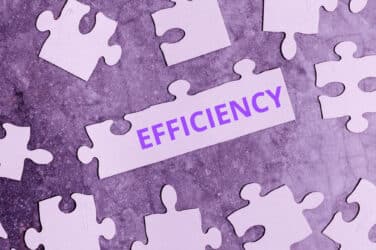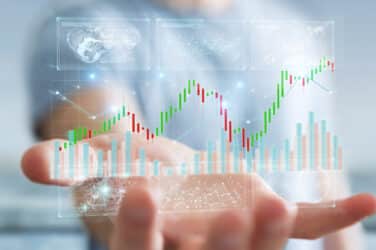
Fixed income has been one of the more evolving market structures over the past 10 years, as institutional agita over liquidity gaps has prompted widespread efforts to effect change via innovation and disruption.
The landscape was different back in the latter stages of the George W. Bush presidency.

Chris White, ViableMkts
“Technology and innovation were second-order conversations,” said ViableMkts Founder and CEO Chris White, who was in credit e-business development at Barclays 10 years ago. “It was certainly not at the forefront. I think people were aware that change was happening, but they didn’t see technology as being critical to where the market was going.”
The broad, secular change in fixed income was triggered by the global financial crisis of 2008-2009. That traumatic period led to new regulations, which hamstrung the market’s traditional liquidity providers — the big Wall Street banks. With the Bulge Bracket no longer the automatic go-to call, new trading models, electronic platforms, and technologies sprung up to attempt to replace that liquidity.
Rather than all-to-all, liquidity aggregation, and ETFs, the buzz in fixed income 10 years ago was credit default swaps. ”There was a tremendous amount of optimism around CDS,” While recalled. “It was really dominating the conversation in credit — If you were talking about bonds, you were talking about the junior varsity.”
“As a product, CDSs were incredibly lucrative for market makers,” White continued. “If you didn’t have a CDS franchise you simply weren’t in the game.”
The CDS ‘mania’ effectively ceased a year or two later, as the opacity of the derivatives were considered a contributing cause of the credit crisis, and regulators pushed for them to trade on transparent venues rather than via private negotiations in the OTC voice market.
Cash bonds regained their prominence with the deflating of the CDS bubble, and the asset class has been greatly aided by the macro tailwind of historically low interest rates, which made it more attractive for companies to borrow, as well as technological advances.

Kevin McPartland, Greenwich Associates
Industry data show that corporate debt issuance doubled from about $750 billion in 2005 to $1.5 trillion in 2016, noted Kevin McPartland, head of market structure and technology research at Greenwich Associates.
With regard to electronic trading, 51% of bond investors did at least some of their buying and selling electronically in 2007, McPartland said; today, the number is 84%.
A hypothetical junior-level bond trader, who was hired a year or two ago based on his or her strong quantitative skills, would be taken aback by a time-travel visit to a bond trading desk of 2007, when this person was in high school.
“Desks were a lot louder and they had a lot more people,” McPartland said. “Today, they’re quieter and there is a lot more focus on the screen. The ratio of screens to people has also changed, probably dramatically.”
The credit crisis and its aftermath forced bond-trading desks to become more efficient on multiple fronts, including the trading process, the use of capital, and the use of labor. This is because revenue opportunities are diminished from what they were in 2007.
“But I think the most significant change has been cultural,” White said. “It used to be that the people who focused on electronic trading from an execution standpoint were more junior people, or they were not viewed as being critical to the overall trading process. But now, people in those roles are viewed as having a higher value to both the buy side and the sell side.
“There was a lot of cultural resistance to some of the tools that were available 10 years ago,” White continued. “The tools haven’t really changed all that much, but the perspective of market participants has shifted. People with expertise around technology as it pertains to trading are seen as essential to business development, whereas before, they were just ‘nice to have’”.
The next 10 years will see continued efforts to increase electronic trading, especially for large blocks. While 84% of investors use electronic trading for some bond transactions, only about 20% of the notional value of all bond trades go through the screen, McPartland said.
In White’s view, unlocking the value of data will be key to developing the bond market over the next decade, White said.
“A lot of the structural issues in fixed-income markets cannot be resolved just by throwing a trading platform at them,” White said. “There’s a fundamental component missing in many unstructured fixed income markets, and that is, reliable, high-quality market data, whether it be pre-trade or post-trade.”
”I’m pretty optimistic that, 10 years from now, we’ll look back and say, ‘we had things out of sequence, but once we got the data organized, these markets were able to evolve much more rapidly than when we were just focused on making things trade electronically.”






